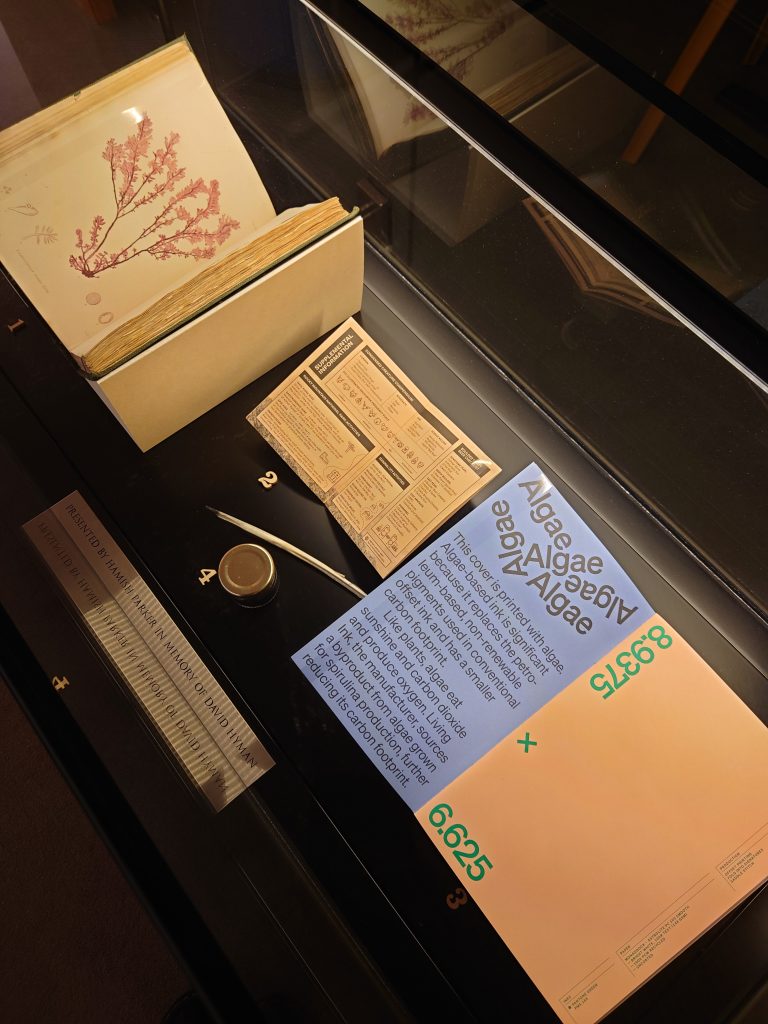As part of the Library’s reflections on its environmental impact, the staff have been looking at the ecological costs of printing – and its past and potential links with the natural world.
This exhibition includes the world’s first algae-printed book, ink made on-site from Kentish oak galls, and a rare example of Victorian ‘nature printing’.
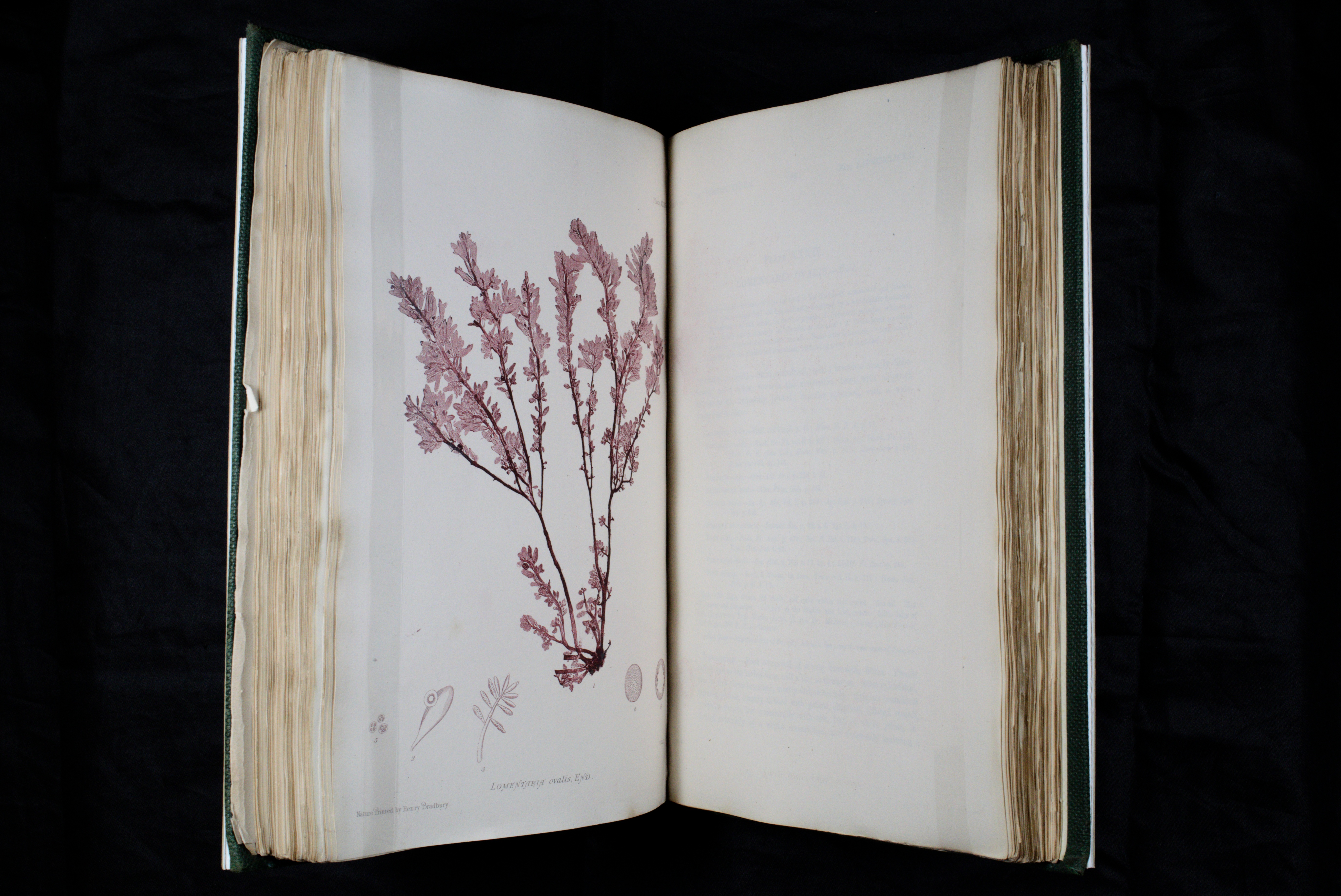
The nature-printed British sea-weeds: a history, accompanied by figures and dissections of the Algae of the British Isles
WG Johnstone & A Croall, (London, 1859)
The nature-printed British sea-weeds: a history, accompanied by figures and dissections of the Algae of the British Isles
<p>WG Johnstone & A Croall, (London, 1859)</p>
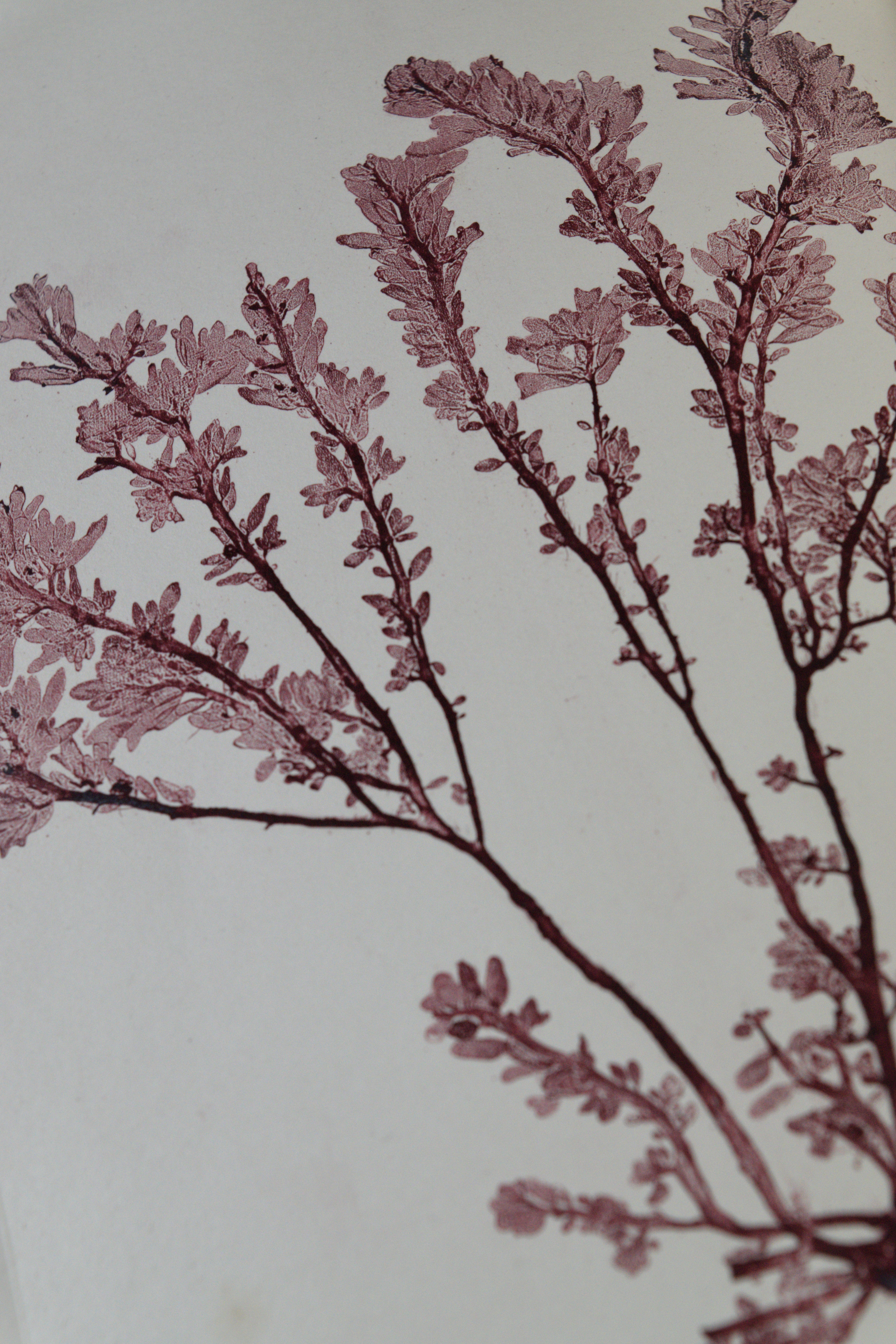
Boulder Guide Book
patagonia, (Boulder, CO, 2019). Printed with algae-ink. With thanks to D&K Printing.
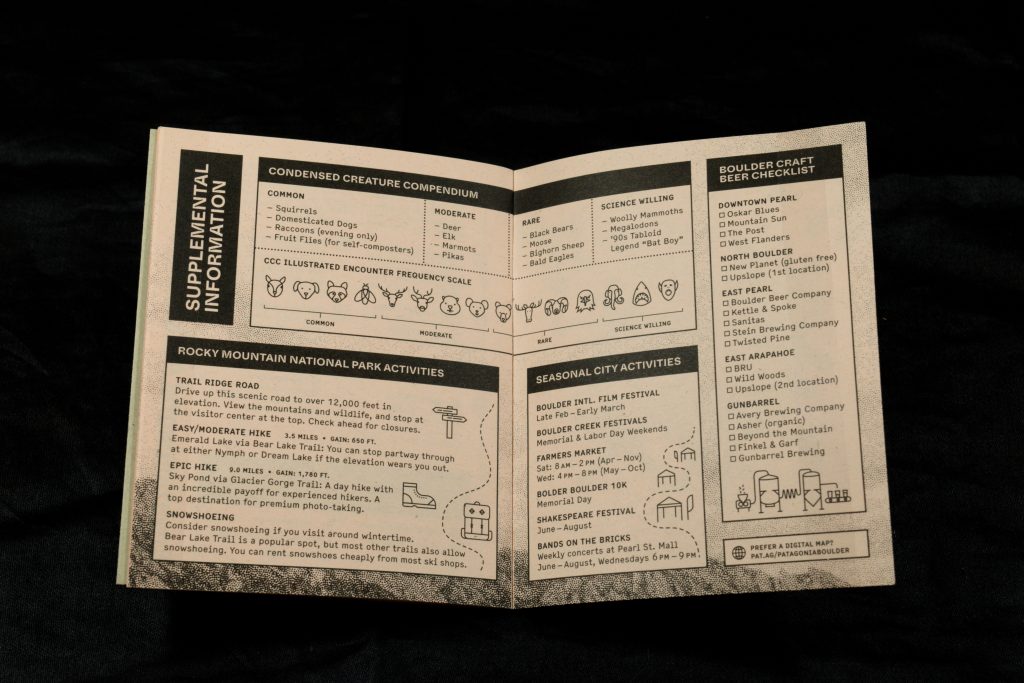
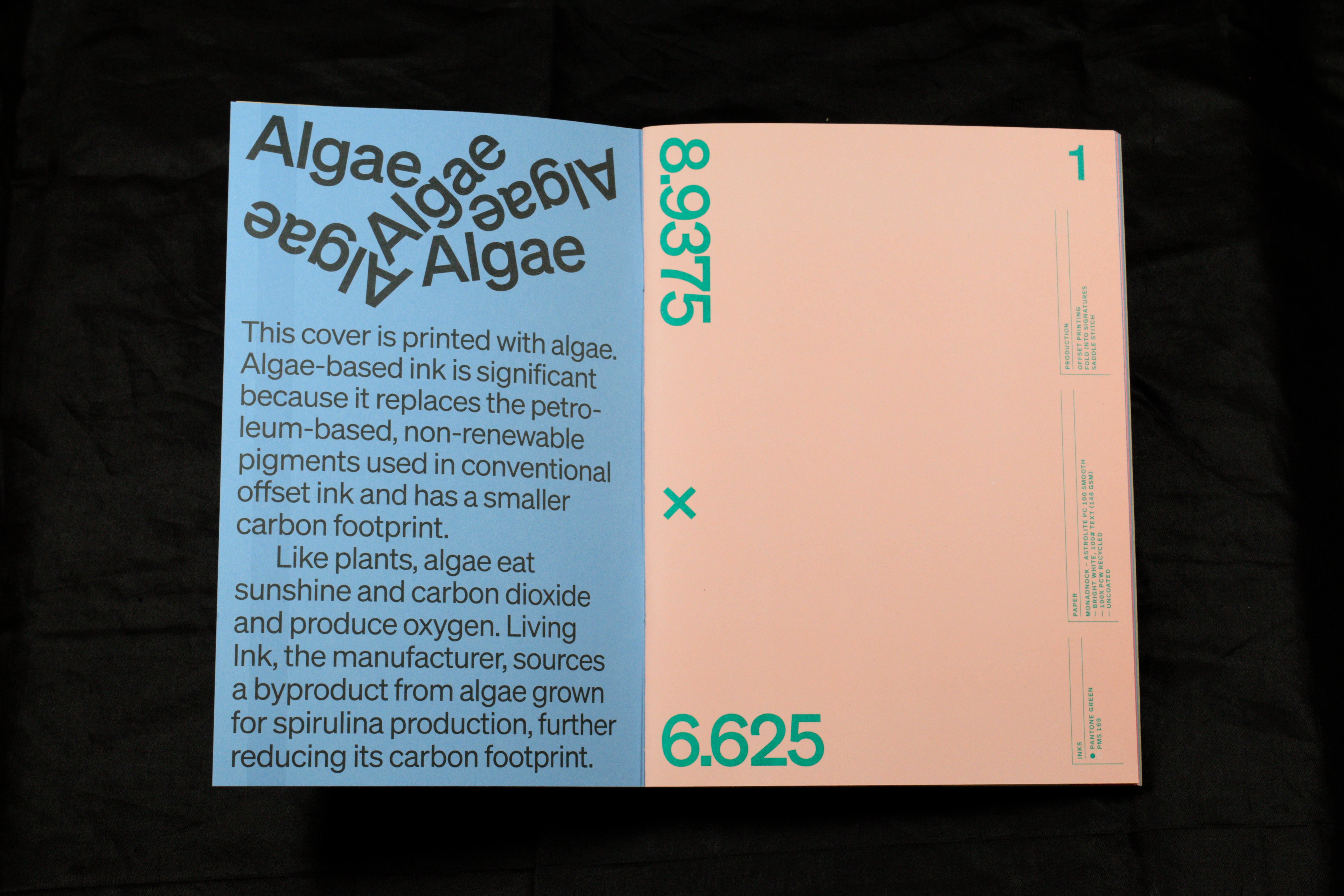
Origins: a sustainable print production primer
D&K Printing, (Boulder, CO, [n.d.]). With thanks to D&K Printing.
Origins: a sustainable print production primer
<p>D&K Printing, (Boulder, CO, [n.d.]). With thanks to D&K Printing.</p>
Iron oak gall ink with goose quill.
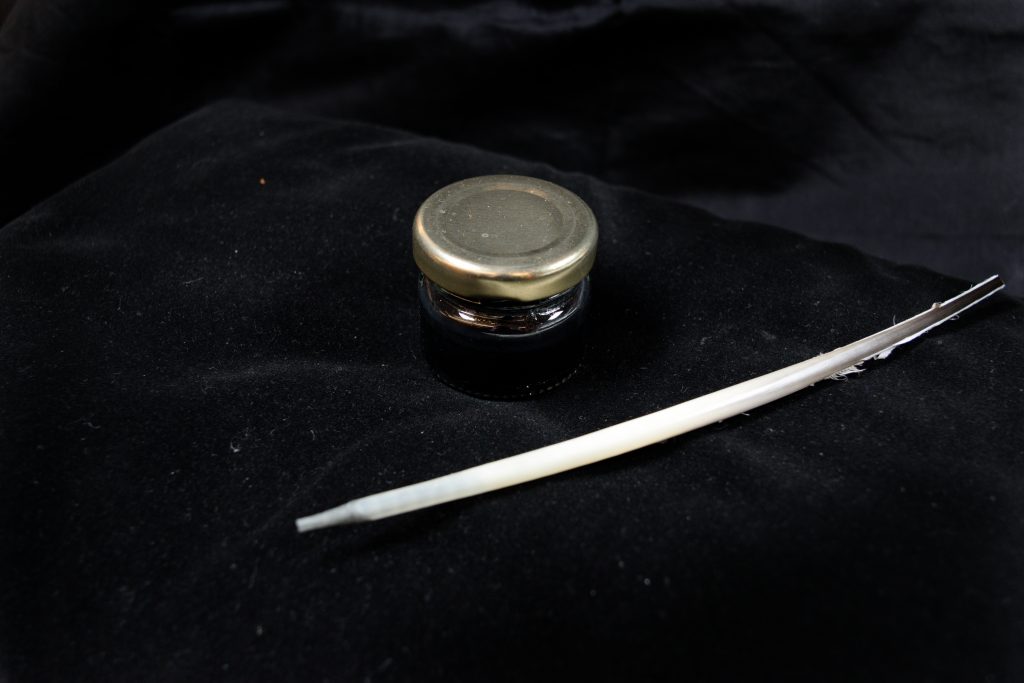
This ink was made on-site in a workshop lead by Sara Charles where students and Library staff tried their hands at making medieval-style iron gall ink and learned about its place in medieval bookmaking and manuscript culture.
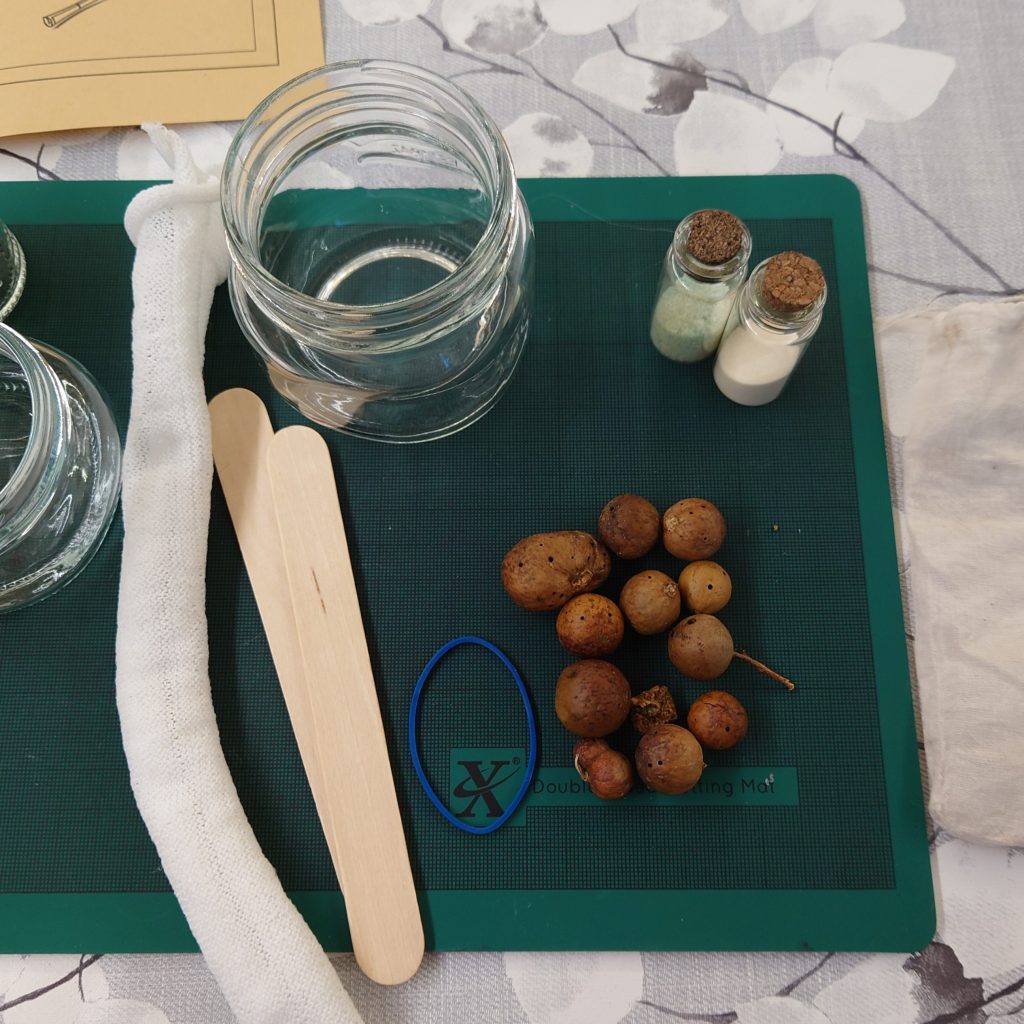

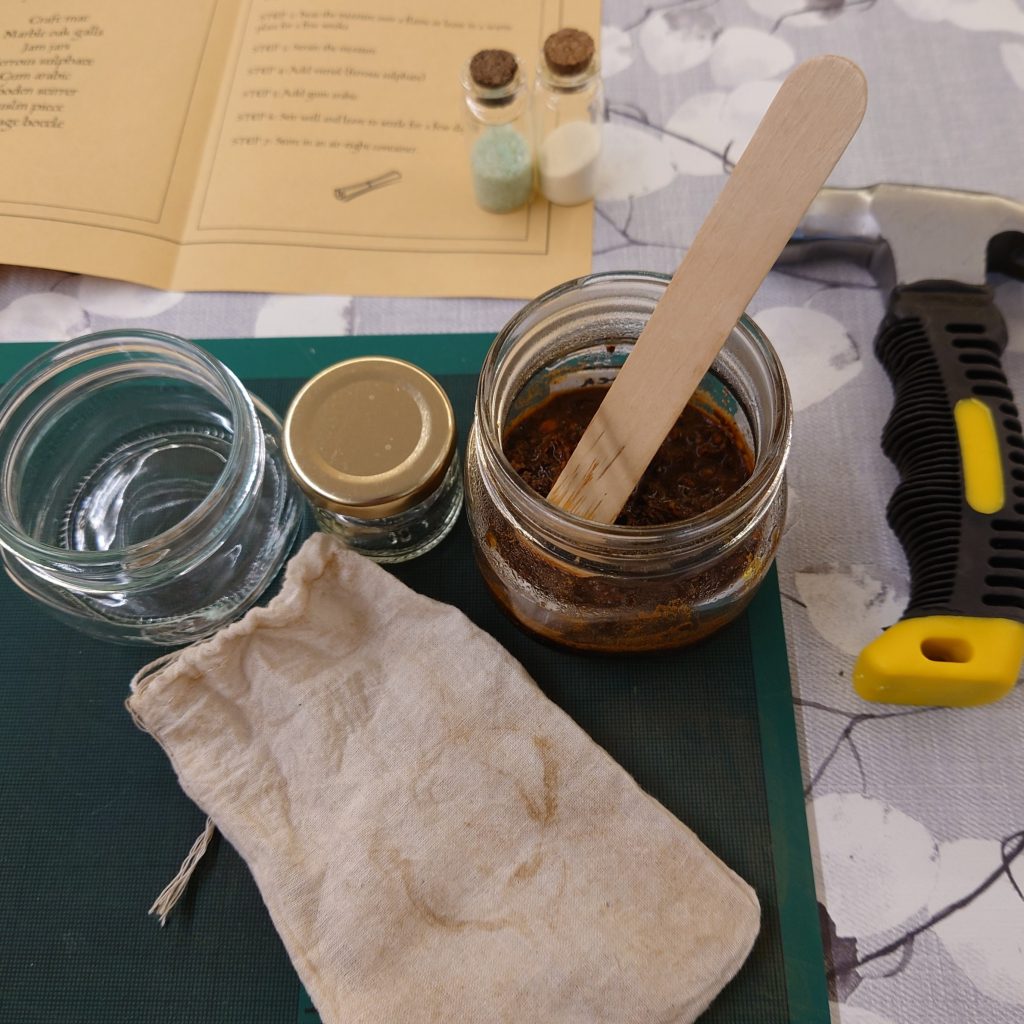
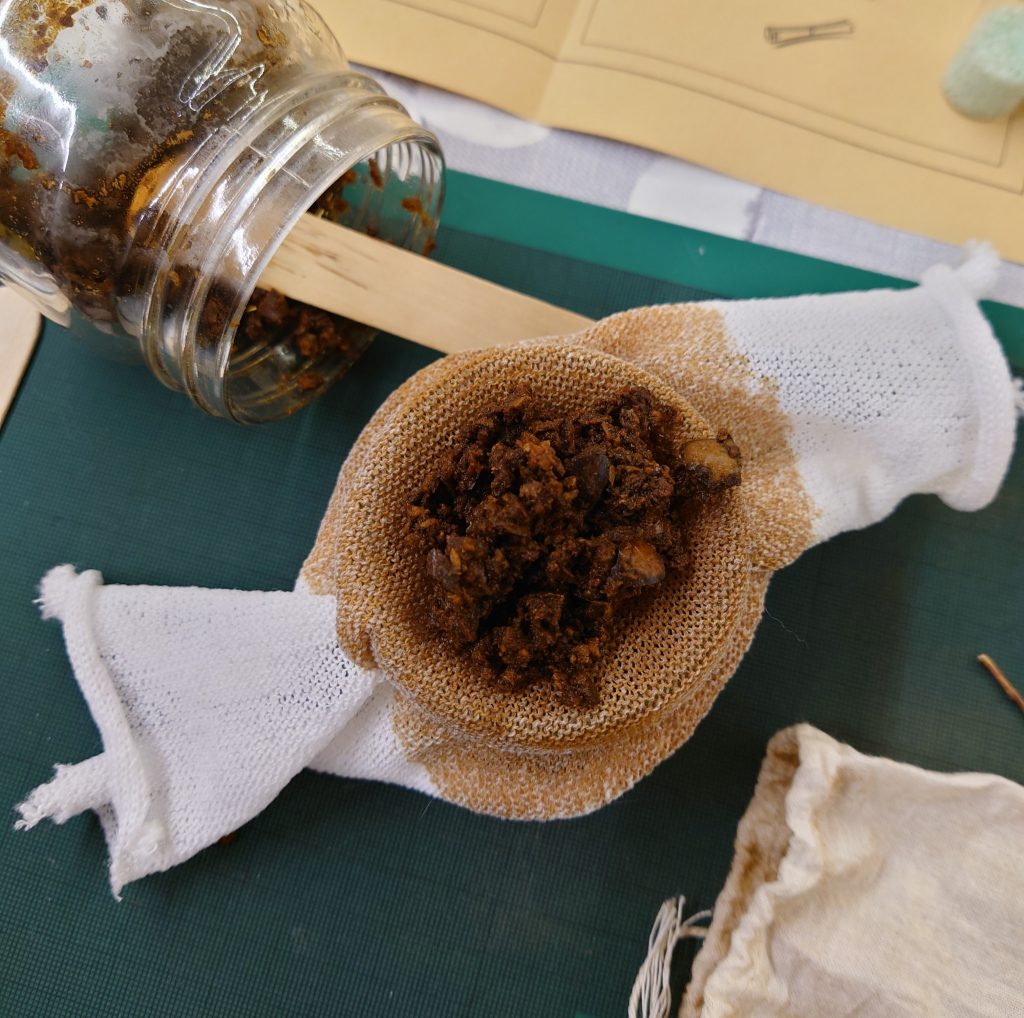
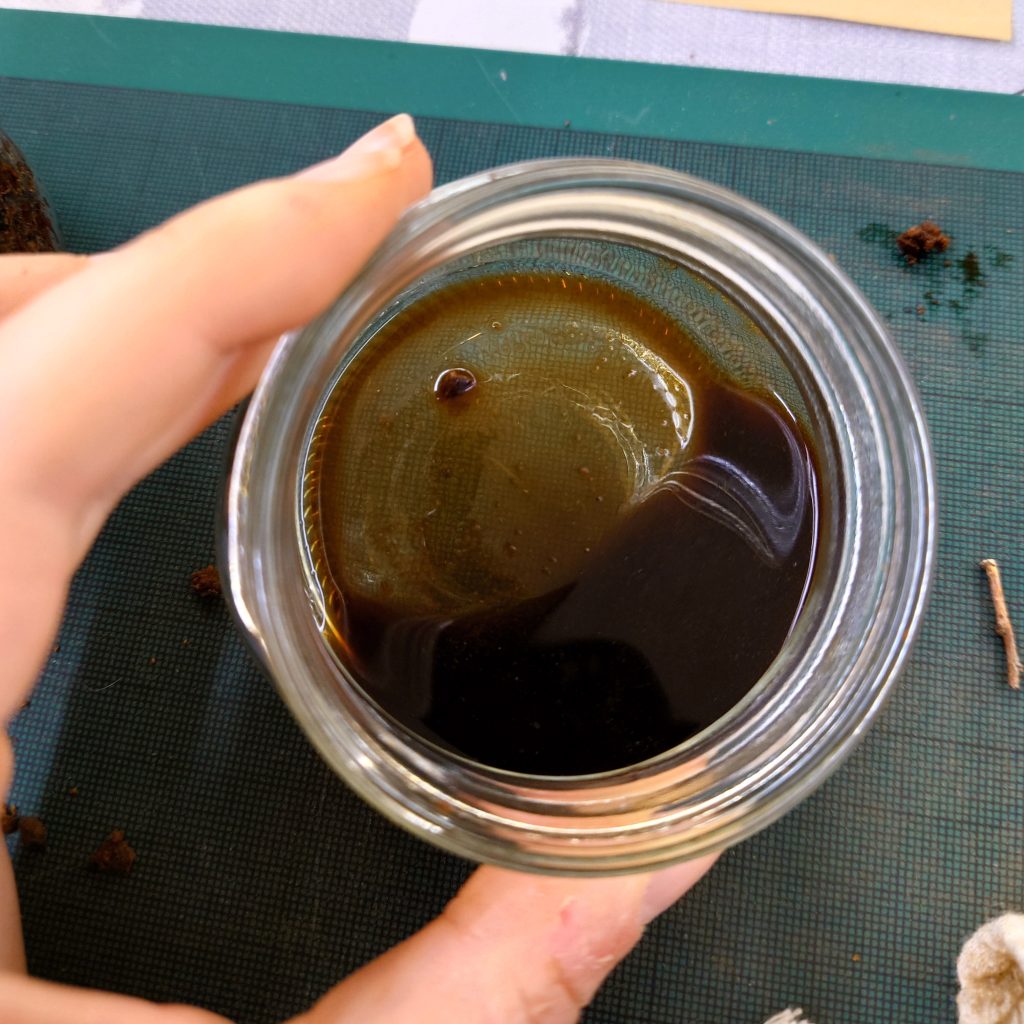
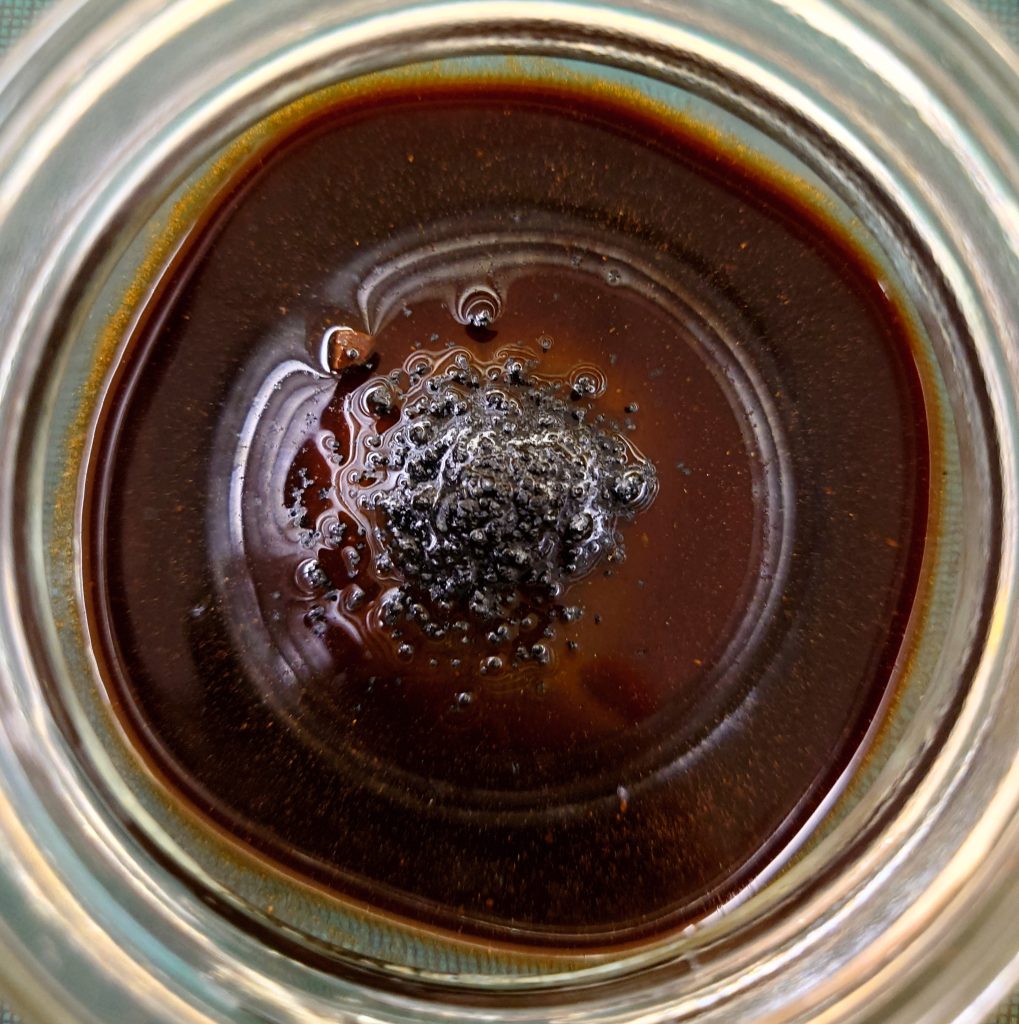
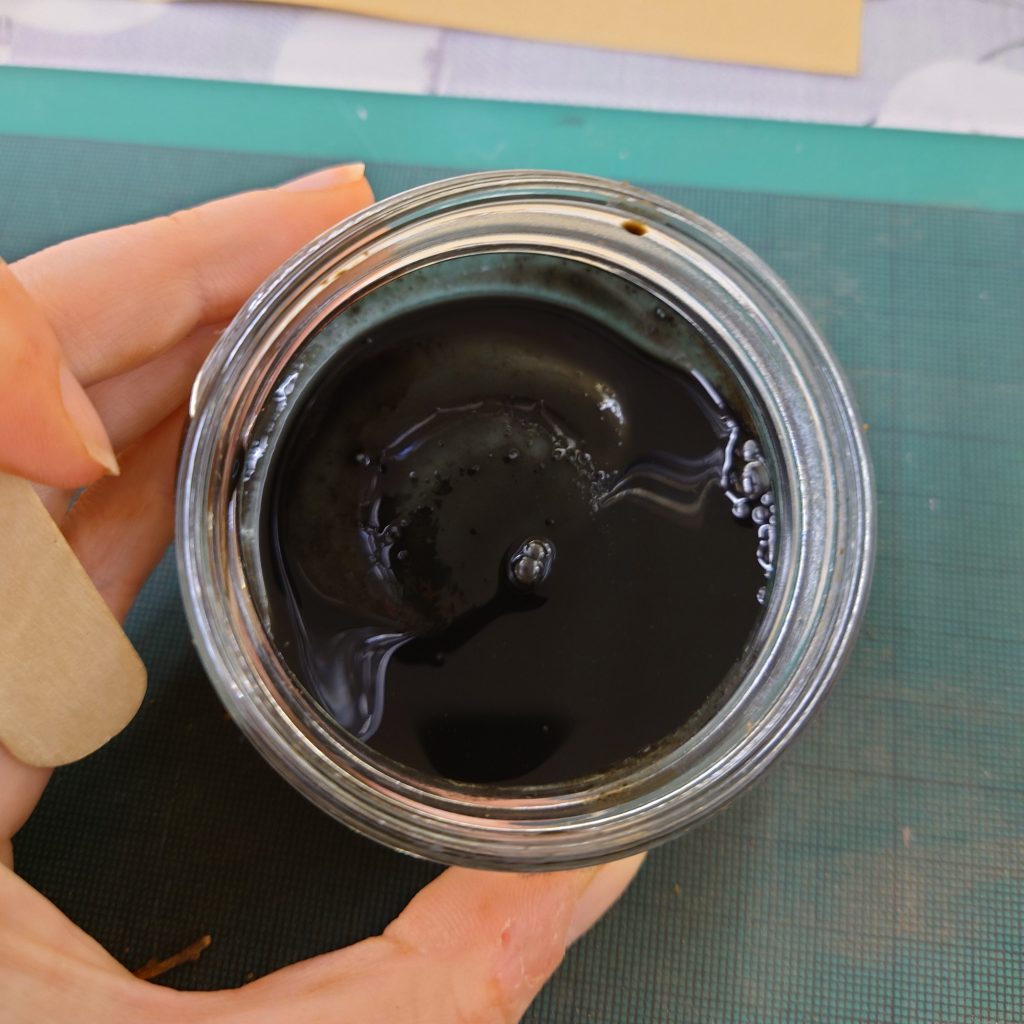
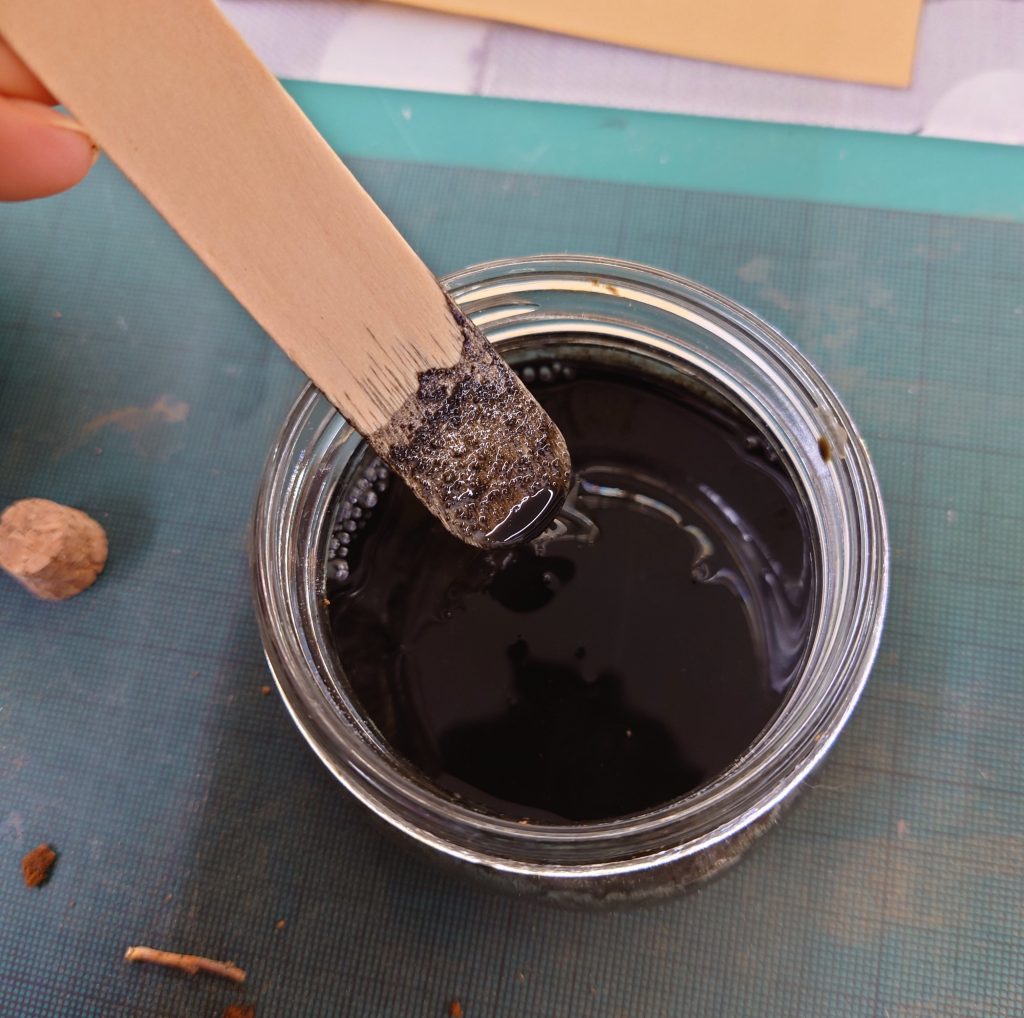
Curated by Dr Matthew Shaw, College Librarian
With thanks to D&K Printing.
Explore more of our exhibitions
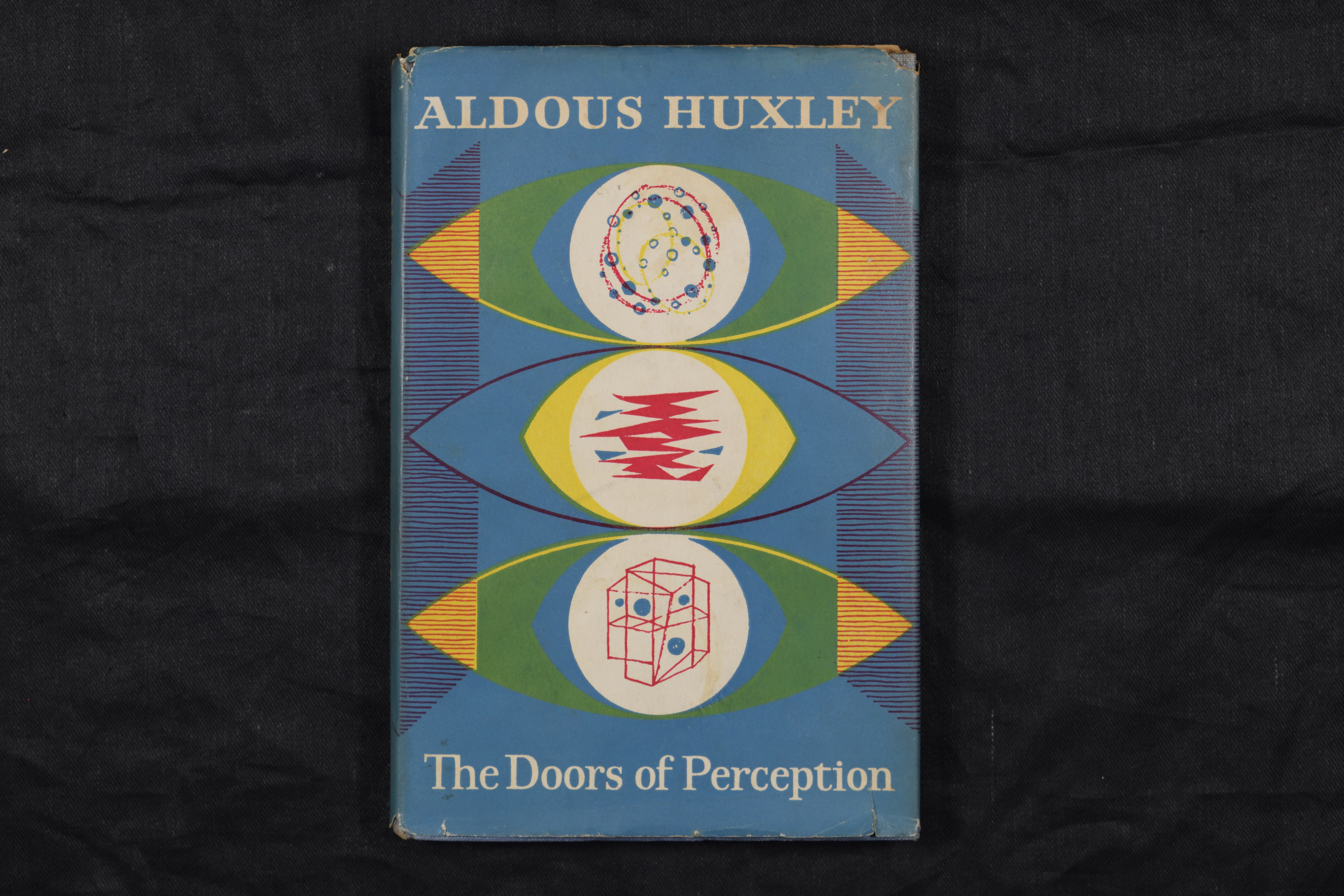
Perception: an exhibition
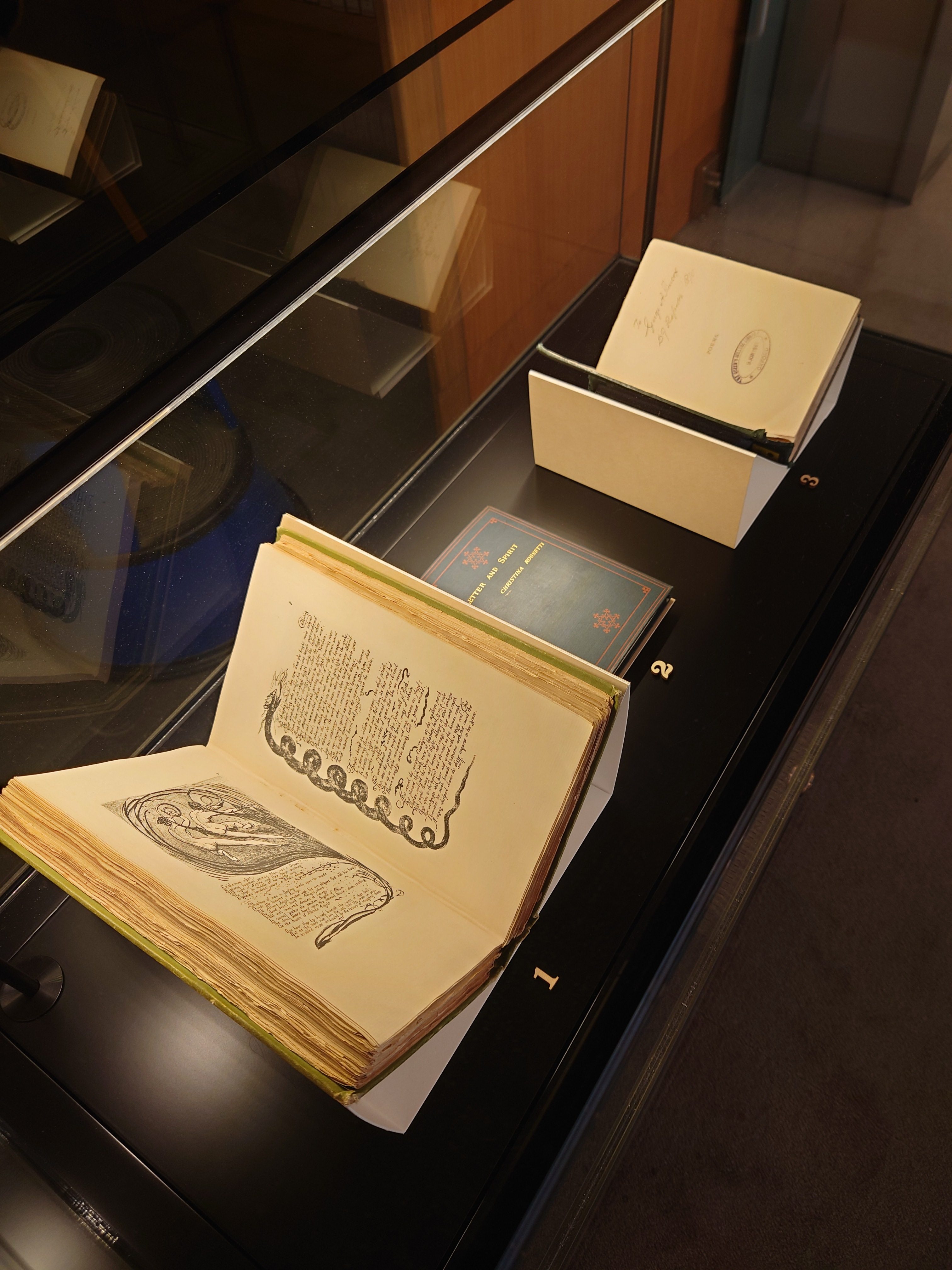
‘From the author’
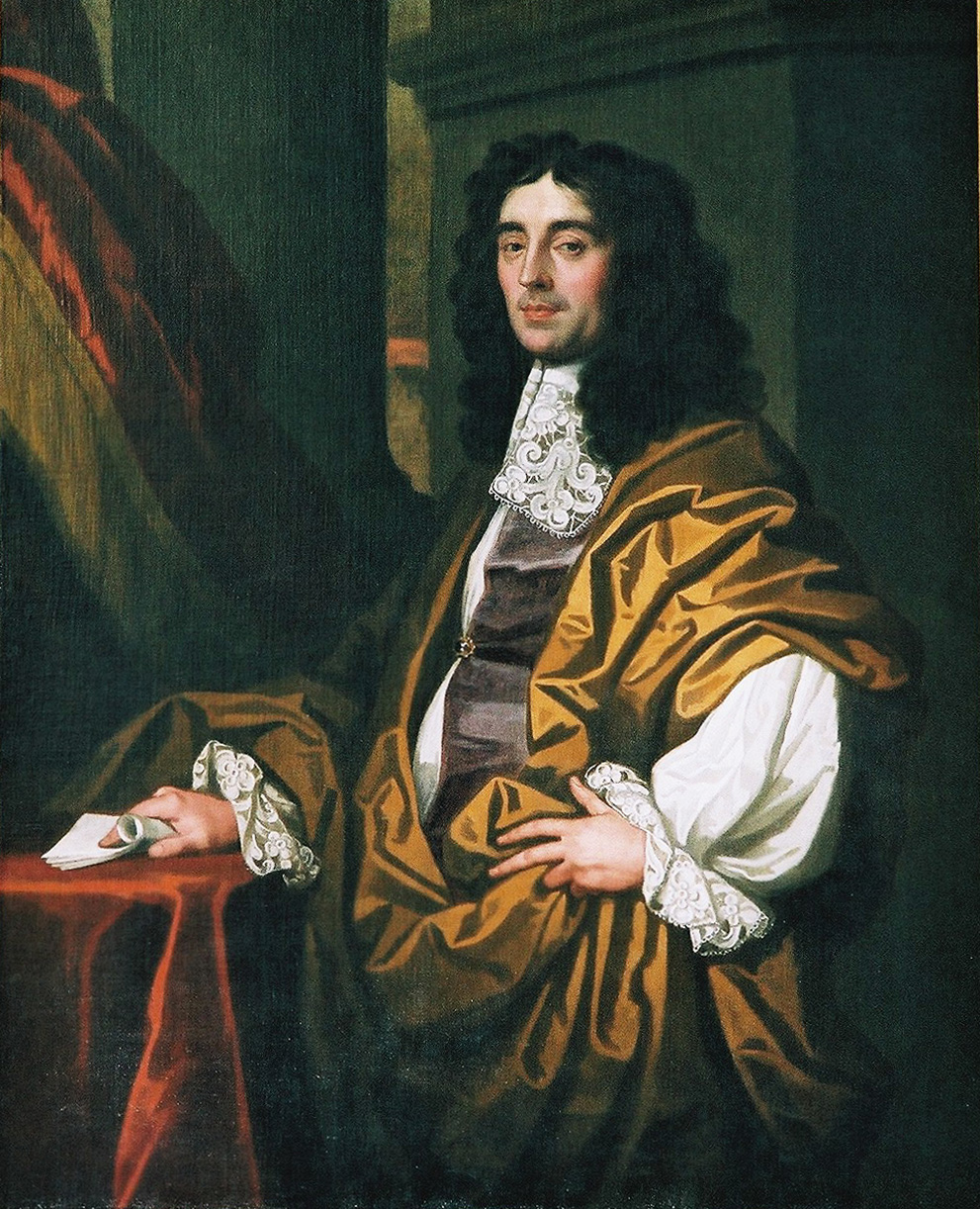
Joseph Williamson and the establishment of the transatlantic slave trade
